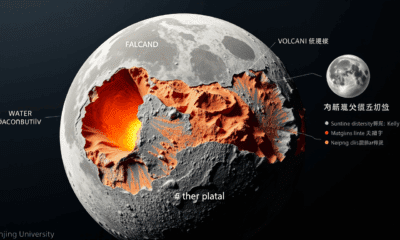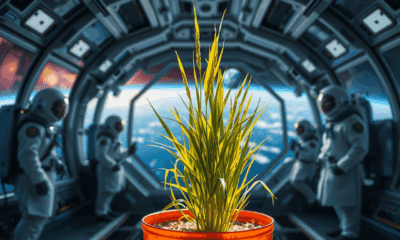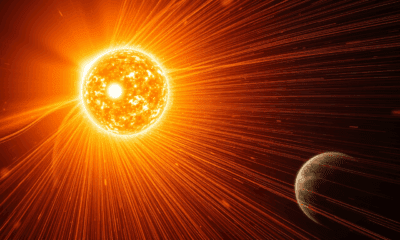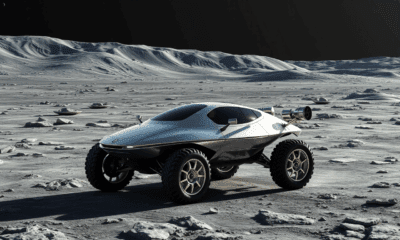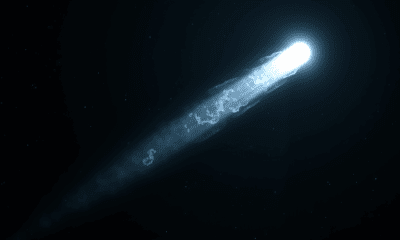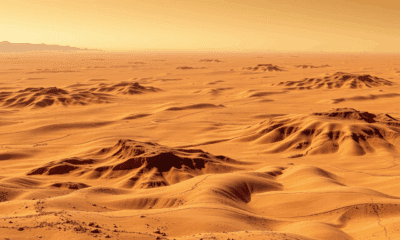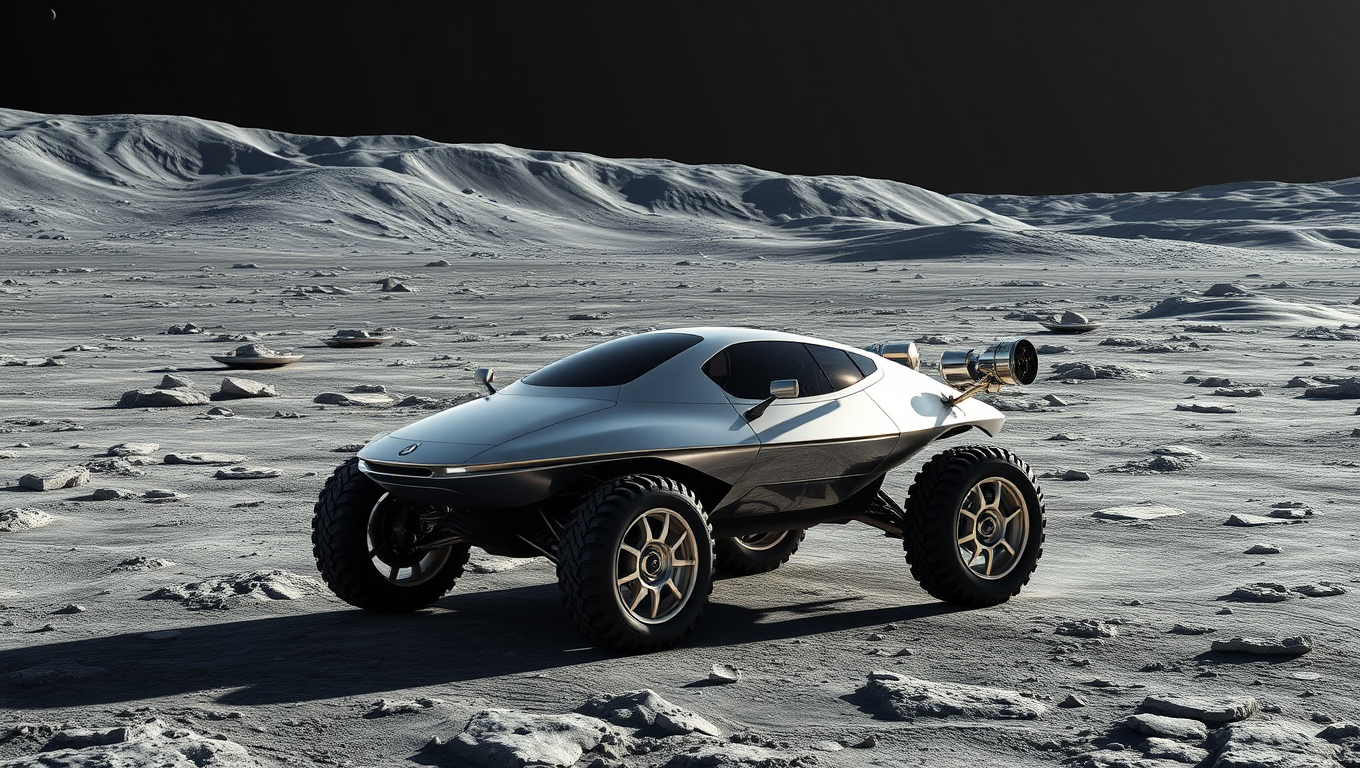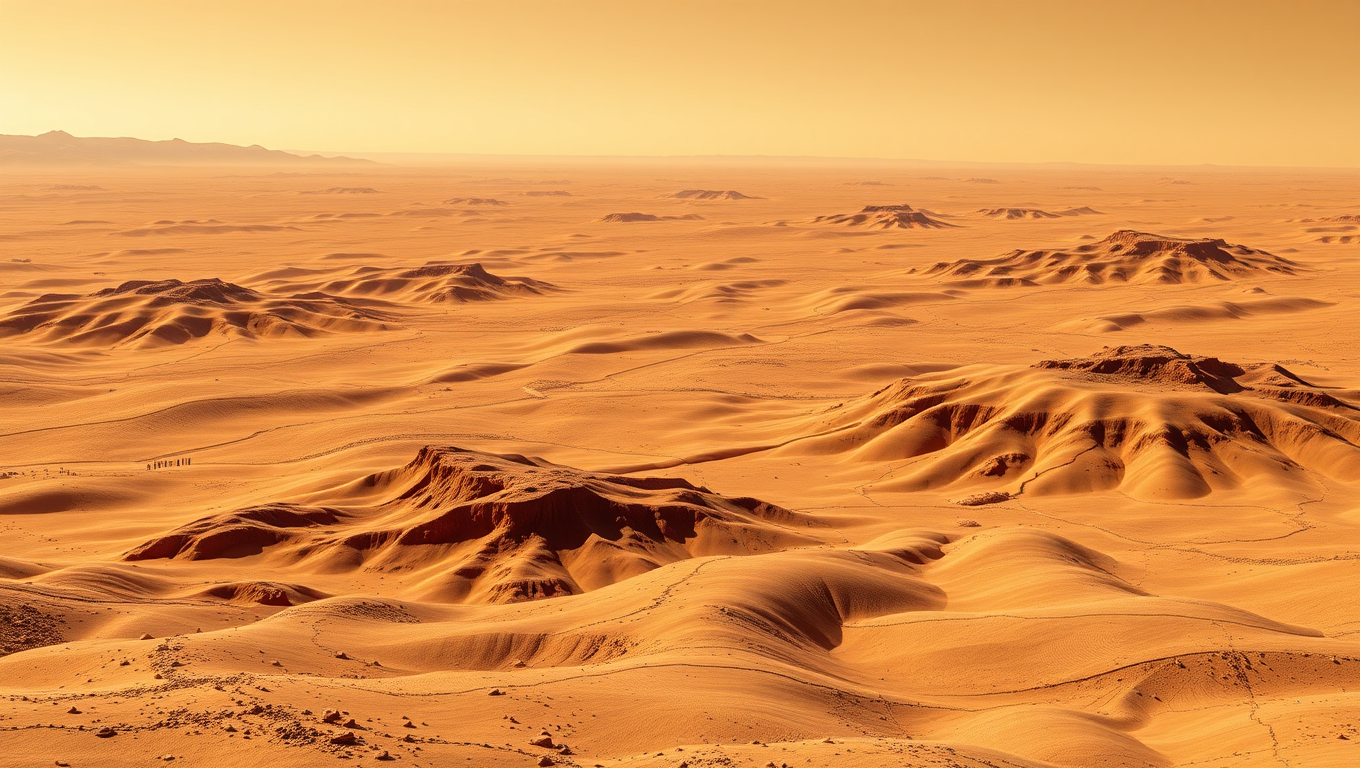While we try to keep things accurate, this content is part of an ongoing experiment and may not always be reliable.
Please double-check important details — we’re not responsible for how the information is used.
Astronomy
Unveiling the Mystery: Do ‘Completely Dark’ Dark Matter Halos Exist?
Every galaxy is thought to form at the center of a dark matter halo. Stars are formed when gravity within dark matter halos draws in gas, but astrophysicists don’t know whether star-free dark matter halos exist. An Diego astrophysicist has calculated the mass below which halos fail to form.
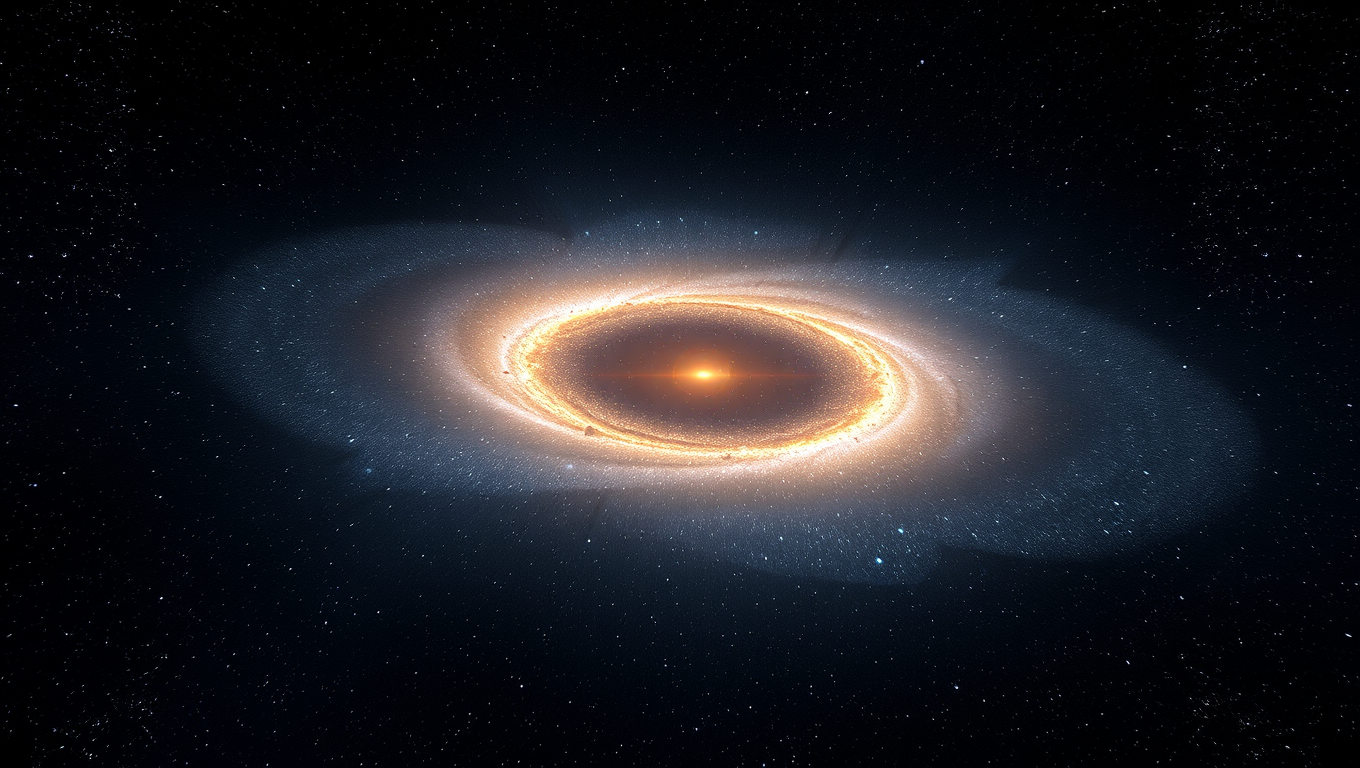
Astronomy
NASA’s Artemis Lunar Terrain Vehicle: A New Era of Scientific Exploration on the Moon
NASA is gearing up for an exciting chapter in lunar exploration by sending a trio of high-tech instruments to the Moon. Two of the devices will be attached to a new lunar rover capable of carrying astronauts or operating remotely, while the third will gather data from orbit. These tools will hunt for ice, map minerals, and analyze what lies beneath the surface, offering a clearer picture of the Moon s makeup and potential resources.
Asteroids, Comets and Meteors
The Ancient Interstellar Comet: A Frozen Relic from Before the Sun?
A newly discovered comet, 3I/ATLAS, may be the most ancient visitor ever detected, potentially older than our solar system itself. Unlike previous interstellar objects, this ice-rich comet seems to originate from the thick disk of the Milky Way, a region filled with ancient stars. First spotted in July 2025, it’s already showing signs of activity and could help scientists understand more about galactic chemistry and the origins of planetary systems.
Asteroids, Comets and Meteors
Unveiling the Secrets of Mars’ Ancient Rivers
Mars may not have always been the dry and dusty world we imagine. A staggering network of ancient riverbeds, spanning over 15,000 kilometers, has been discovered in the planet’s Noachis Terra region, suggesting that flowing water, fueled by precipitation, was once widespread. Unlike previously studied valley networks, these “inverted channels” reveal a long history of persistent water activity, challenging the idea that Mars was merely cold and dry.
-

 Detectors3 months ago
Detectors3 months agoA New Horizon for Vision: How Gold Nanoparticles May Restore People’s Sight
-

 Earth & Climate4 months ago
Earth & Climate4 months agoRetiring Abroad Can Be Lonely Business
-

 Cancer4 months ago
Cancer4 months agoRevolutionizing Quantum Communication: Direct Connections Between Multiple Processors
-

 Agriculture and Food4 months ago
Agriculture and Food4 months ago“A Sustainable Solution: Researchers Create Hybrid Cheese with 25% Pea Protein”
-

 Diseases and Conditions4 months ago
Diseases and Conditions4 months agoReducing Falls Among Elderly Women with Polypharmacy through Exercise Intervention
-

 Chemistry4 months ago
Chemistry4 months ago“Unveiling Hidden Patterns: A New Twist on Interference Phenomena”
-

 Albert Einstein4 months ago
Albert Einstein4 months agoHarnessing Water Waves: A Breakthrough in Controlling Floating Objects
-

 Earth & Climate4 months ago
Earth & Climate4 months agoHousehold Electricity Three Times More Expensive Than Upcoming ‘Eco-Friendly’ Aviation E-Fuels, Study Reveals

